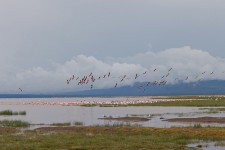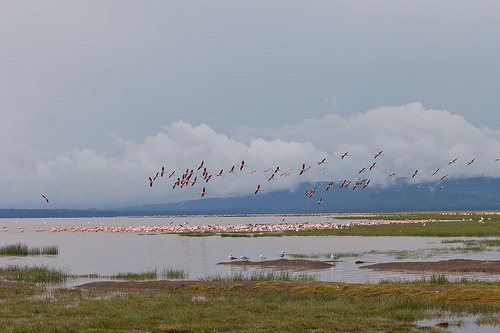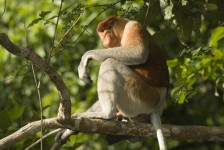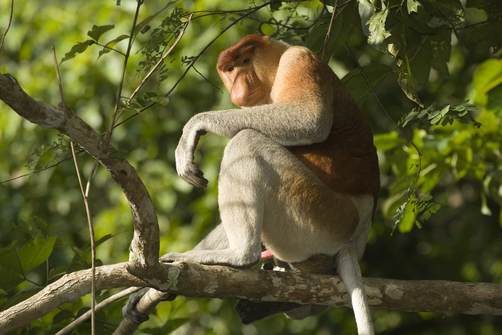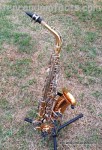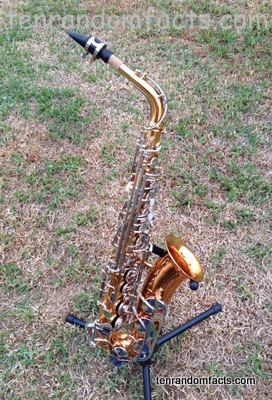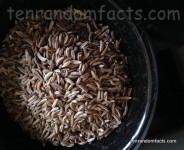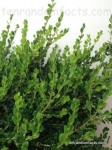
Grow a hedge of buxus.
- Buxus is a group of evergreen plants that contain 70 species that are native to parts of Europe, Asia, America and Africa.
- Buxus suit a wide range of conditions and are generally best grown in full sun, although shady conditions can be tolerated by some species.
- ‘Buxus’ is also known as ‘boxwood’ and ‘box’, and comes from the family Buxaceae, the box family.
- Buxus are shrubs or small trees that grow to a height of 2 metres to a maximum of 15 metres (6.5 to 50 feet) in height, depending on the species and whether the plant is clipped to contain its size.
- Buxus have flowers that are small and coloured in yellow-green shades, that generally appear in spring.
- Buxus are slow growing and are popularly used as a decorative plant, particularly as hedges, topiary or bonsai.
- Buxus plants have very good quality, hard wood, which is denser than water, and has historically been used to make boxes, chess pieces, printing using woodblocks, and musical instruments and parts, particularly form the strings and woodwind class and is still used for many of these purposes today.
- Small branches of Buxus have been found in Ancient Romans’ tombs.
- Buxus sometimes have a scent of a fox or cat urine, which displeases some people.
- Buxus leaves have a low level of toxicity if consumed, although it can be fatal for small animals.
Bibliography:
Boxwood, n.d, BCI, http://www.bonsai-bci.com/files/Boxwood.pdf
Buxus, 2013, Wikipedia, http://en.wikipedia.org/wiki/Buxus





